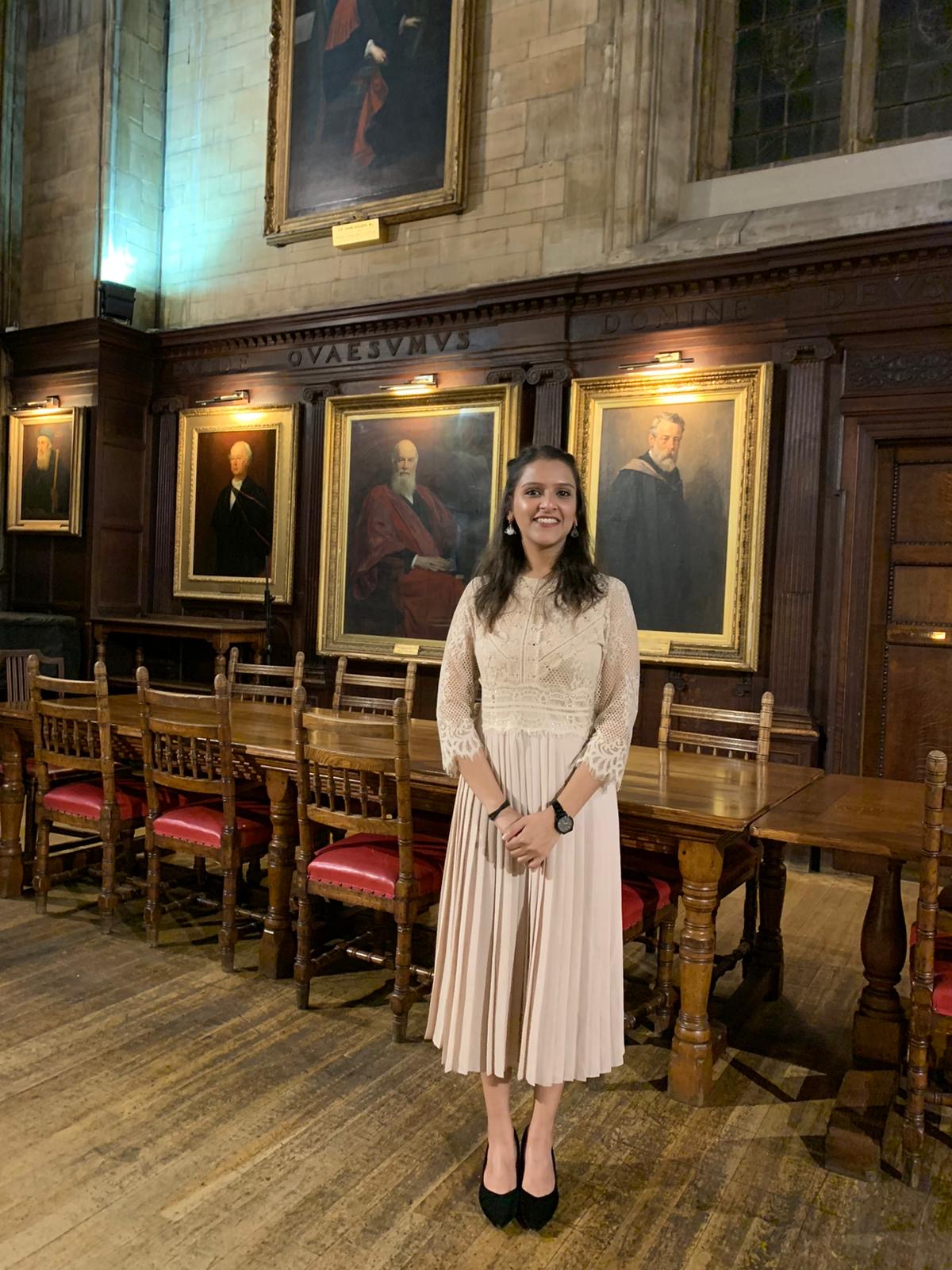Whatever we knew about why we need an equitable and accessible public education system in India was brought into stark relief during the Covid-19 pandemic. Stories of government school teachers compensating for missed school meals and learning gaps among the poor, first-generation learners established what many educationists have known for long. Public schooling may not be the only path for schooling but it must be the strongest, just and most widespread component within the school system.
The ambition to create an equitable school system has been prominent since we began framing the constitution, but the system remains fraught with deep inequities to this day. Is this a result of a complete failure of reform thinking? Our study on key ideas and debates on elementary education reform from 1975 to 2020 suggests otherwise (Singh, 2023). Prominent among our methods was a review of government policy documents since the early decades of independent India many of which have faded away from policy discourse. The diversity of ideas and strategies in these documents highlights a rich landscape of reform thinking. These ideas were pathbreaking in their time and have reappeared again in recent years receiving high praise. It’s in the nature of ideas to appear and reappear and what defines their impact are the stakeholders and political dynamics in which they exist. Yet, it’s important to know that policy amnesia has had tremendous consequences for reforming school education. The old roots of new ideas tell us a lot about why and how some of these failed or were side-lined.
We created this repository as a record of the long history of reform thinking in school education with a focus on elementary schooling. It’s primarily a collation of landmark documents produced by the Government of India since the 1960s. Some of the key categories of documents are the national education policies, reports by landmark committees in the parliament, law ministry and private-civil society bodies, five-year plans, program documents such as the SSA guidelines and civil society reports such as the PROBE. We see the first articulation of some of the foundational ideas around which our education system was structured before National Education Policy 2020, such as the 10+2+3 structure of the school system and the three-language formula (Kothari Commission report 1966), non-formal education as an alternative mode of schooling (Challenge of Education report, 1985), and the no-detention policy (The Curriculum for the Ten Year School – A Framework, 1975) among others.
We hope that researchers and policy practitioners will engage with this repository in their research for reforming the immensely complex public school system in India.
We see this repository as a live database and look forward to recommendations for more additions.
Please write to us on priyardarshinipsingh@gmail.com
Priyadarshini Singh, Former Fellow, State Capacity Initiative
Ritu Kochhar, Former Research Associate, State Capacity Initiative



